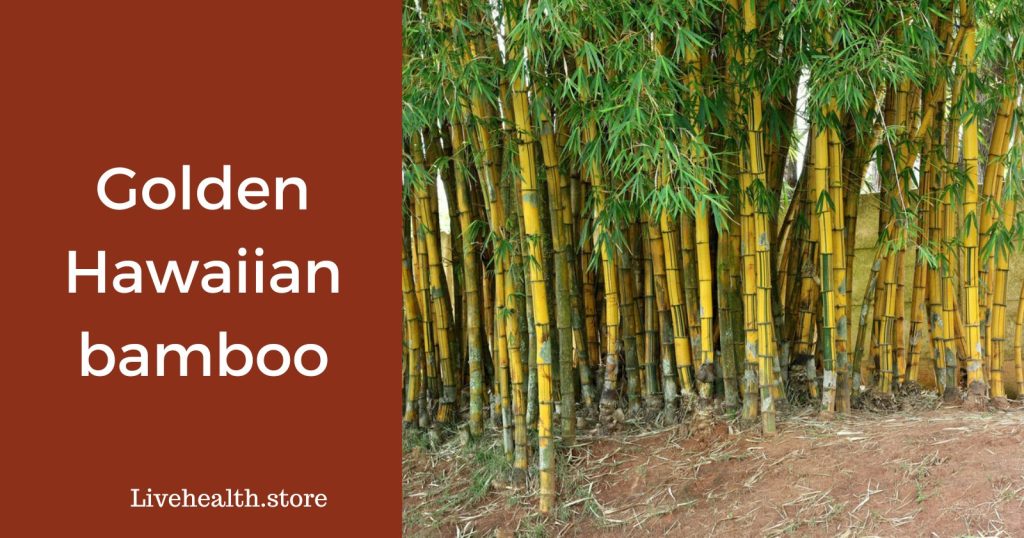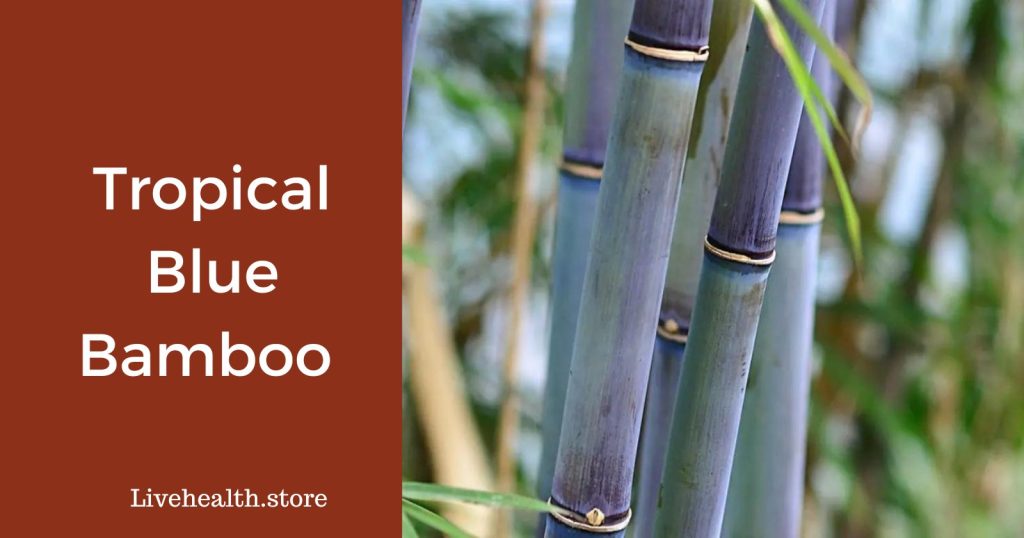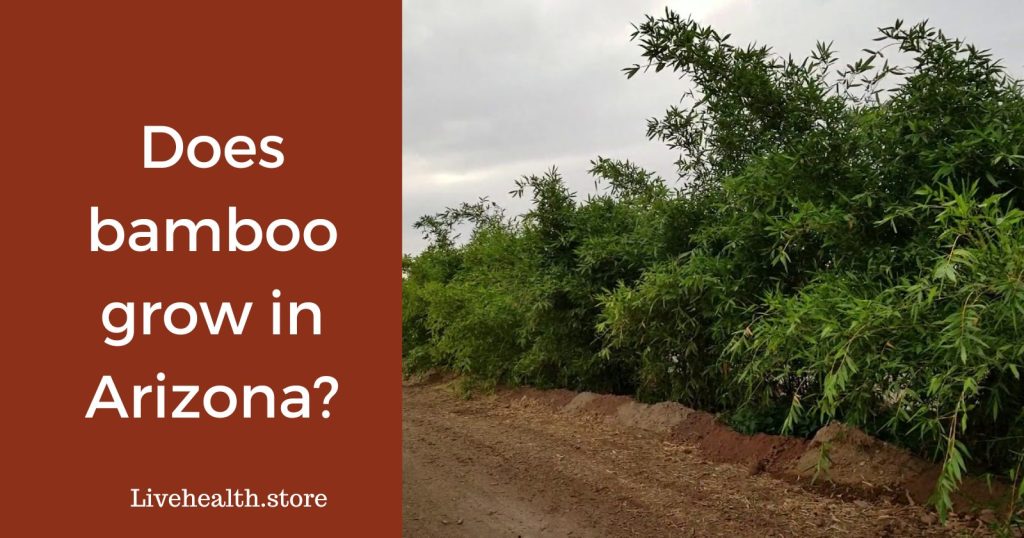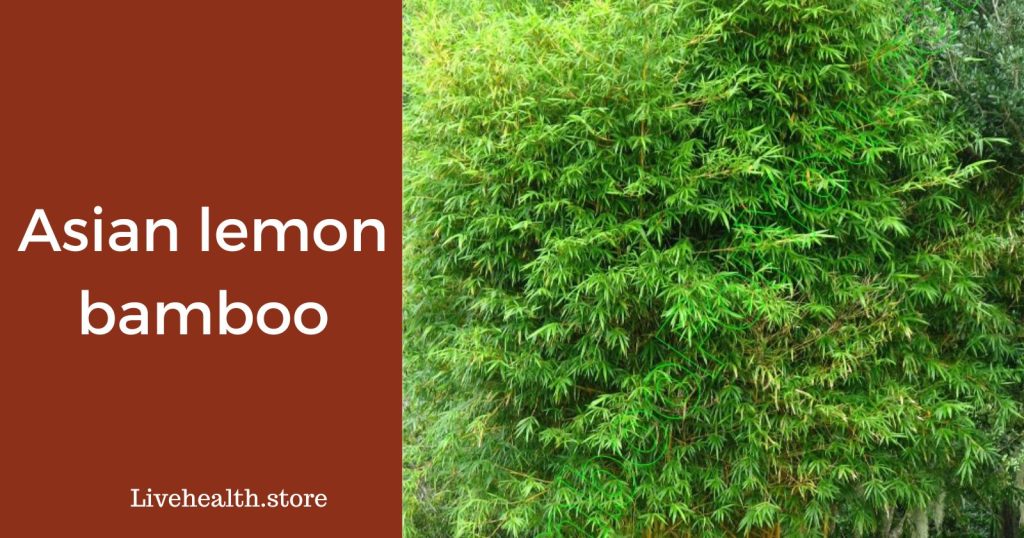Top 7 Bamboo Types You Can Actually Eat
Bamboo is not just a plant; it can also be a delicious and nutritious food source. In many Asian cuisines, bamboo shoots are a popular ingredient, adding unique flavors and textures to various dishes. But why exactly is bamboo such a popular food source?
Why is Bamboo a Popular Food Source?
First and foremost, bamboo is incredibly versatile. It can be harvested and prepared in various ways, offering different tastes and textures. From pickled bamboo shoots to stir-fried dishes, there are endless possibilities when it comes to cooking with bamboo.
Additionally, bamboo is known for its nutritional value. It contains essential vitamins and minerals like vitamin C, potassium, and fiber. It's also low in calories and fat, making it a healthy choice for those looking to maintain a balanced diet. The high fiber content in bamboo shoots can aid digestion and promote gut health.
Nutritional Value of Bamboo Shoots
Bamboo shoots are particularly rich in vitamin B6 and vitamin E. Vitamin B6 plays a crucial role in various biochemical reactions in the body, while vitamin E acts as a powerful antioxidant that protects against inflammation and chronic diseases.
Furthermore, bamboo shoots have been associated with potential health benefits, such as reducing cholesterol levels and promoting weight loss. Studies have shown that the fiber found in bamboo shoots can help lower cholesterol levels, while the fiber content can aid in weight loss by promoting feelings of fullness.
In conclusion, bamboo is not only a versatile plant but also a nutritious food source. With their unique flavors and health benefits, it's no wonder that bamboo shoots are widely used in Asian cuisines. So why not explore the world of edible bamboo and add some exciting flavors to your meals?
Phyllostachys aureosulcata (Yellow Groove Bamboo)
Yellow Groove Bamboo, also known as Phyllostachys aureosulcata, is a popular species when it comes to growing bamboo for food. This bamboo variety has distinctive characteristics that make it a great choice for culinary purposes.
Yellow Groove Bamboo is a running type of bamboo with invasive tendencies. It has a yellow stripe in the culm groove, which gives it its name. This bamboo species can grow up to 18 feet in height and has culms that are around 2 inches in diameter. It thrives in full sun and can tolerate temperatures down to 20 °F. Yellow Groove Bamboo is a resilient plant that can grow in various soil conditions.
The shoots of Yellow Groove Bamboo are edible and are considered to be one of the best-tasting bamboo species. When harvested in the spring, the shoots are tender and have a crunchy texture. They can be used in various culinary preparations such as stir-fries, curries, and salads. Yellow Groove Bamboo Shoots are low in fat and sugar but rich in protein, minerals, and fiber.
In addition to its delicious flavor, Yellow Groove Bamboo offers other benefits. It is a sustainable crop that requires minimal pesticides or fertilizers for growth. Growing bamboo for food is also environmentally friendly, as it helps reduce deforestation. With its unique flavor and nutritional value, Yellow Groove Bamboo is a popular choice for those interested in growing bamboo for culinary purposes.
Phyllostachys bambusoides (Japanese Timber Bamboo)
Phyllostachys bambusoides, also known as Japanese Timber Bamboo, is one of the best varieties of bamboo for eating. It is a large and reliable bamboo that can grow up to 72 feet tall and 6 inches in diameter. This impressive bamboo produces excellent wood and is highly valued in Japan.
Japanese Timber Bamboo has bright green, smooth canes and medium-sized leaves. It is easy to grow and adds a strong vertical structural quality to any landscape. It is known for its large, straight, thick culms, making it ideal for harvesting.
The shoots of Japanese Timber Bamboo are edible and have a delicious taste. When harvested fresh, they are tender and can be boiled or prepared in various ways. The young shoots are loaded with nutrients and offer a unique flavor to dishes.
In conclusion, if you are looking for bamboo to eat, Phyllostachys bambusoides (Japanese Timber Bamboo) is an excellent choice. Its impressive height, sturdy culms, and tasty shoots make it a favorite among bamboo enthusiasts.
Phyllostachys dulcis (Sweet Bamboo)
Phyllostachys dulcis, also known as Sweet Bamboo, is a great option for people who like thick diameter canes but don't want towering height. It is one of the most beautiful bamboos, with large, drooping leaves and thick culms. This bamboo species is also one of the quickest growing.
The shoots of Phyllostachys dulcis are among the best-tasting in the bamboo catalog. They are grown in China for their tasty shoots early in the season. The shoots have a coating of white powder when young and can be used in various cooking methods, such as stir-frying or adding them to curry dishes. They are known for their sweetness and make a delicious addition to any meal.
Bambusa oldhamii (Giant Timber Bamboo)
Bambusa oldhamii, also known as Giant Timber Bamboo, is a popular and widely grown species of bamboo. It is native to tropical and subtropical climates but can also thrive in temperate climates. This bamboo can reach impressive heights of 60 to 70 feet and has smooth culms that can grow up to 4 inches in diameter. It is a clumping variety, which means it won't invade your yard like some running bamboo species.
One of the reasons why Bambusa oldhamii is highly sought-after is because of its delicious and tender shoots. The fresh shoots of Giant Timber Bamboo are considered one of the best-tasting among bamboo varieties. They are commonly used as ingredients in Asian cuisines, particularly stir-fries and curry dishes. The shoots provide a satisfying crunch and are packed with protein, minerals, and fiber. Additionally, bamboo shoots are low in fat and sugar, making them a healthy addition to your meals.
If you're interested in growing bamboo for food, Bambusa oldhamii is definitely a species to consider. Its tasty shoots and impressive growth make it a great choice for both culinary and ornamental purposes.
Phyllostachys edulis (Moso Bamboo)
Phyllostachys edulis, commonly known as Moso Bamboo, is a species of giant timber bamboo native to China and Taiwan. It is renowned for its fast growth rate and economic importance. Moso Bamboo can reach heights of up to 100 feet and has a diameter of 4-5 inches. It is commonly used in the production of flooring, textiles, and building materials.
Moso Bamboo shoots are a delicacy in Asian cuisine. They have a unique taste and texture that sets them apart from other types of bamboo shoots. Moso Bamboo shoots have a sweet and slightly nutty flavor, with a tender yet crunchy texture. They are often used in stir-fries, soups, and salads.
In addition to its culinary uses, Moso Bamboo has many other benefits. It is an environmentally friendly plant that helps prevent soil erosion and absorbs more carbon dioxide than most other plants. It also has antimicrobial properties and can be used in traditional medicine.
So, if you're looking to explore new flavors in your cooking or want to incorporate sustainable ingredients into your diet, Moso Bamboo shoots are a great choice. With their unique taste and numerous health benefits, they are sure to elevate your culinary creations.
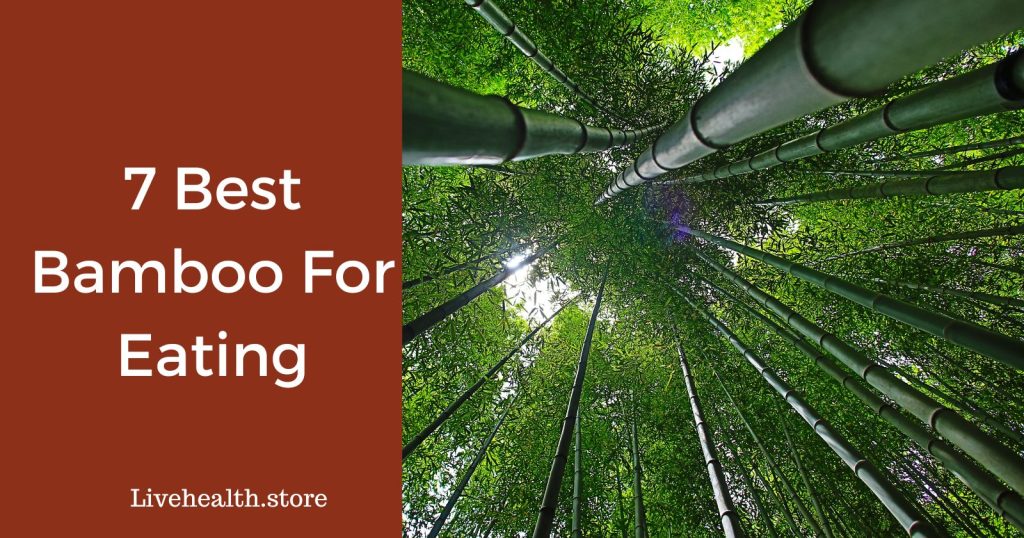
Fargesia spathacea (Umbrella Bamboo)
Fargesia spathacea, also known as Umbrella Bamboo, is a popular choice for those looking to grow bamboo for food. This clumping variety of bamboo is native to central China and is characterized by its graceful weeping habit. It can grow up to 10–14 feet tall and has a diameter of about 0.5 inches. Umbrella Bamboo is hardy to -15°F, making it suitable for a variety of climates.
When it comes to flavor, Umbrella Bamboo shoots are often described as sweet and crunchy. To prepare them for eating, it's important to harvest them when they are still young and tender. The shoots can be boiled or steamed before adding them to stir-fries, curries, or other dishes. They make a great addition to Asian-inspired recipes and add a unique texture and flavor.
It's worth noting that not all bamboo species are suitable for eating. Some varieties have shoots that are bitter or fibrous and are not considered palatable. When choosing bamboo for food, it's best to select varieties that are known for their delicious shoots, such as Fargesia spathacea.
In conclusion, Fargesia spathacea (Umbrella Bamboo) is a great choice for those interested in growing bamboo for food. Its sweet and crunchy shoots make a tasty addition to various dishes, and its hardiness allows it to thrive in different climates.
Phyllostachys nigra (Black Bamboo)
Black bamboo, scientifically known as Phyllostachys nigra, is one of the most popular bamboo species for eating. It is widely grown for both its ornamental value and its culinary uses. With glossy black culms and edible shoots, black bamboo offers a visually striking and tasty addition to any garden or recipe.
The shoots of black bamboo have a distinctive flavor that is often described as slightly sweet and earthy. They can add depth and texture to various dishes, including stir-fries, curries, soups, and salads. Before using them in cooking, the shoots should be peeled and boiled to remove any bitterness.
Cooking techniques such as stir-frying or steaming can help retain the crispness and delicate flavor of bamboo shoots. When properly prepared, black bamboo shoots offer a delightful crunch and unique taste that can elevate your culinary creations.
Overall, black bamboo is an excellent choice for those looking to explore the world of edible bamboo species. Its visual appeal, distinctive flavor, and versatility in cooking make it a favorite among bamboo enthusiasts and food lovers alike.
Hi there, I’m Sam Billings, and I’m all about sustainability. Running a printing business is my thing, but my real passion is preserving nature. That’s why I run the Live Health blog, where I focus on Bamboo plants and their eco-friendly goodness.

